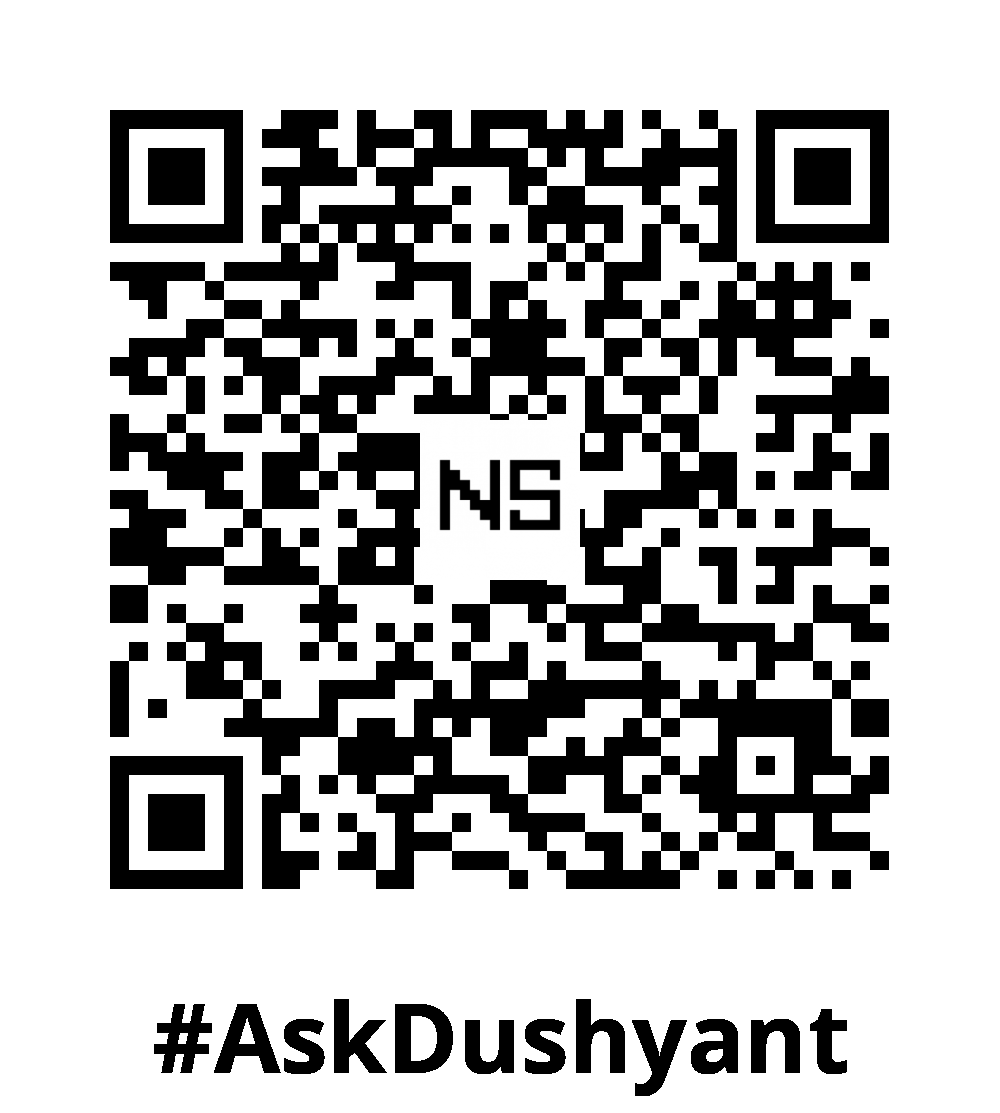In our professional lives, the workplace should ideally be a space where growth, collaboration, and inspiration thrive. However, the unfortunate reality for many is the existence of toxic work environments that can stifle personal and professional development. Recognizing the signs and knowing how to navigate through these challenges is crucial for maintaining well-being and productivity. Having weathered the professional landscape for over 17 years, I’ve encountered the ebb and flow of workplace dynamics, and with it, the challenges presented by toxic environments. In this blog post, we will explore the characteristics of toxic workplaces and strategies to counteract their negative effects.
Signs of a Toxic Workplace:
- Poor Communication:
In the course of my career, I’ve witnessed the corrosive impact of poor communication. The lack of clarity can breed confusion, impacting morale and hindering productivity. - Micromanagement:
Toxic environments often manifest through micromanagement, a practice that can erode trust and stifle creativity. I’ve navigated situations where autonomy was compromised, and its effects on the team were palpable. - Lack of Recognition:
Recognition, or the lack thereof, has been a recurring theme. I’ve seen firsthand how the absence of acknowledgment can lead to disengagement and, in extreme cases, a toxic mindset among employees. - High Turnover Rates:
Over the years, observing high turnover rates has been a clear signal of a workplace in distress. The constant churn of talent is a testament to underlying issues that demand attention. - Bullying and Harassment:
Navigating instances of bullying and harassment has been particularly challenging. These behaviors can poison the work environment, affecting not only individuals but the entire organizational culture.
Strategies to Counteract Toxicity:
- Open Communication Channels:
Drawing from my experiences, fostering open communication is foundational. Creating forums for dialogue within the organisational boundary and addressing concerns head-on can be a powerful antidote to toxicity. - Promote a Culture of Recognition:
Implementing a culture of recognition within team has been a cornerstone of my approach, also showcase them at organisational level whenever required. Celebrating achievements, no matter how small, can significantly impact the overall morale of a team. - Encourage Work-Life Balance:
The lessons of burnout have been hard-earned. Encouraging a healthy work-life balance is not just a perk; it’s a necessity for sustaining a positive work environment, though it’s hard to find now-a-days, Creating a workplace where employees feel at home is an achievable goal. - Leadership Training:
Recognizing the crucial role of leadership training, it is imperative for organizations to place a high value on it and ensure the continuous learning process. Managers play a crucial role in shaping workplace culture, and equipping them with the skills to lead by example is paramount. - Establish Clear Policies Against Bullying and Harassment:
HR should guarantee, the establishment of clear policies against bullying and harassment as per industry standard. Creating a safe space for employees to report incidents and ensuring accountability is non-negotiable. - Employee Assistance Programs (EAPs):
Recognizing the impact of personal challenges on professional life, implementing Employee Assistance Programs (EAPs) has been a proactive measure. These programs provide vital support when employees face difficulties.
My Corporate Advice: My own experiences have taught me the invaluable lessons of resilience, adaptability, and the power of proactive measures when facing the toxicity that can emanate from employees. Writing this blog about toxic work environments is not just a professional endeavor; it’s personal, when you love what you do. I’ve learned to recognise the signs, being proactive, and foster a culture of resilience that can transform toxic cultures into spaces where individuals thrive.
#AskDushyant
#ToxicWorkplace #NavigatingChallenges #WorkplaceResilience #LeadershipInsights #EmployeeWellBeing #ProfessionalJourney #RecognizingToxicity #StrategiesForChange #WorkplaceCulture #CommunicationMatters #LeadershipDevelopment #EmployeeEngagement #WorkplacePositivity #NavigatingWorkplaceChallenges #CareerResilience #HealthyWorkEnvironment


Leave a Reply